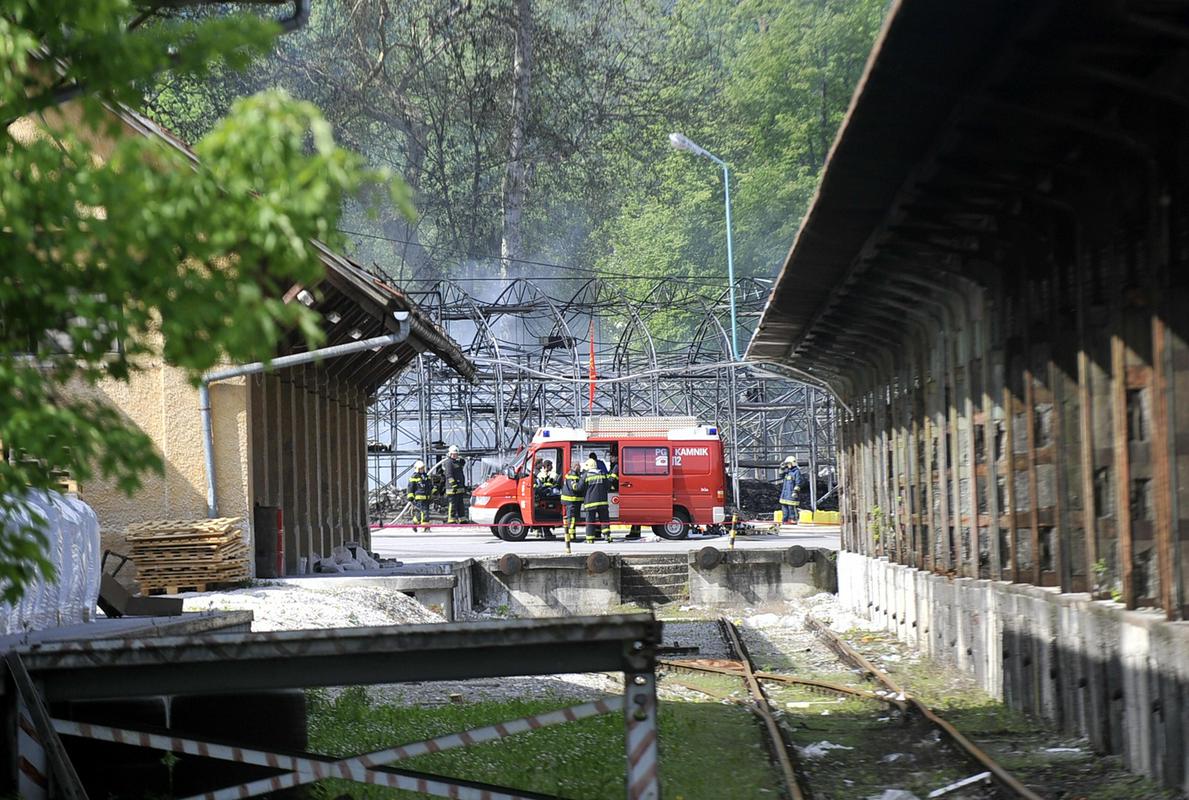
The factory was established in the 1850s. The Austro-Hungarian Army had confiscated a gunpowder facility in the Italian city of Mantua and then, after its retreat from that part of Italy, moved the manufacturing equipment to Kamnik. The location was ideal for the facility – there was plenty of room for expansion and the Kamniška Bistrica River provided the electricity that powered the factory.
At first, the factory was staffed by soldiers, but they were ultimately replaced by civilian workers, mostly from the town of Kamnik. The demand for gunpowder, which was used both by the military and by mining engineers, kept increasing as the 19th century drew to a close. This was a time of rising military tensions in Europe, while explosives were needed for the construction of new railroad tunnels under the Alps. For years, residents of Kamnik watched as gunpowder passed their homes on the way to its final destination. To prevent potentially devastating explosions, smoking was strictly forbidden along the route when the transports took place.
The main administrative building – named the Katzenberg Mansion after an older structure – provided leading employees with a high degree of luxury. They had access to everything from a swimming pool and other athletic facilities to a modern medical clinic.
When World War I broke out, the Austrians were concerned about the factory’s proximity to the Isonzo Front and moved the entire plant deeper into Austria. The factory was reestablished after the war, however, and it was used to supply the newly created Yugoslav state with its gunpowder needs. At one point, it employed more than a thousand people and was an important source of Kamnik’s prosperity both before and after World War II. The facility was expanded to cover an area of 300,000 square meters.
Things changed after Slovenia’s independence, and the factory went bust. The abandoned buildings, hidden behind the protective wall, soon became overgrown with weeds. After several years, remaining explosives were removed by the local authorities, much to the relief of locals, but the old factory is still looking for potential investor willing to give the mysterious post-industrial landscape a new future.


































































